Tue Jan 31 2017 by Tamara Kohn
This temple, founded in the 14th century, sits high in the hills in northwest Kyoto. Since the late 17th century it has belonged to the Sōtō School of Zen. It is famous for its main hall (hondo) where there are two windows – one perfectly round and another...>>
Fri Dec 23 2016 by David Novak
This mix draws from a field recording project undertaken in July 2007 with several collaborators from around the city of Osaka, in the Kansai region of western Honshu, Japan. I asked my friends and colleagues to bring me to places that sounded most like Osaka and the experience of living...>>
Fri Sep 02 2016 by Carolyn Stevens
Many of the recordings in this repository were taken during the more 'sociable' hours of 9 am to about 10 pm, as the ethnographers moved through a 'normal' schedule in Japan. On my recent trip, however, I explicitly tried to take recordings outside of business hours to provide contrast to...>>
Fri Aug 05 2016 by Carolyn Stevens
As part of another research project on popular music in Japan, I have been looking at the Beatles fandom in Japan. I happened to be attending a conference in Kyoto in late June, so I decided to extend my visit for a few days and take the Shinkansen to...>>
Fri Jul 29 2016 by Tamara Kohn
I’ve recently returned to Melbourne from the 2016 Association of Social Anthropologists conference at the University of Durham, UK. It was a nostalgic visit for me. I had lived in Durham and had taught at that University for 14 years, from 1992-2006. This first visit back to the...>>
Fri Jul 15 2016 by Carolyn Stevens
Feeling, belonging and listening to sound:
Recordings by C. Stevens, text by C Stevens and R. Chenhall
Five star hotels are interesting places. For the elite 1% of the population, this kind of place may seem mundane, but for the rest of us, luxury hotels present us with a rarified encounter with...>>
Fri Jun 17 2016 by Carolyn Stevens
In this project, we are considering how sound and silence in various places are attended to in specific ways, and the dialogical relationship between sound and space. The mutually constitutive relationship between sound and space means that sounds are made diverse by the distinct characteristics of each place. At the...>>
Thu Jun 09 2016 by Richard Chenhall
“The nightlife is defined by Japanese more what by what it does than by where is exists”, says Anne Allison in her book about Tokyo clubs and bars (Nightwork 1994, p. 33). Accordingly, Sonic Japan features sounds made in various places in the public and private spheres. Sounds heard in...>>
Fri Jun 03 2016 by Tamara Kohn
This is a reflection on a problem that technology brings to the study of sound. The technology itself is sounded. Here is a wonderful example of this. The pine and the sounds of the windy landscape speak to the stories we've already told here about the...>>
Fri Jun 03 2016 by Carolyn Stevens
One of our main themes in this sonic repository is food: the sound of food is often one of the main indicators we use to describe the experience of eating; the crunch of a vegetable or fruit speaks to its freshness, for example. In Japan, the slurping of noodles...>>
Mon May 16 2016 by Carolyn Stevens
Recently, our book Sound, Space and Sociality in Modern Japan was reprinted in paperback. In the introduction (co-authored with Sonic Japan team member Joe Hankins), we wrote about how sensory experiences had been described in the past:
"the notion of the public gaze has been much discussed in social theory...Social...>>
Fri May 06 2016 by Richard Chenhall
The shakuhachi is an end blown flute that has a long history in Japan. Most famously, it was connected to a group of mendicant Buddhist monks in the Edo era, called Komuso, or the “Priests of Nothingness”, who played the shakuhachi for alms in search for enlightenment. While much of...>>
Tue May 03 2016 by Carolyn Stevens
The Journal of Musicological Research has just published an article arising from the Sonic Japan project, part of a special issue on street music around the world.
Street music in Japan is often associated with the performance of one’s shōbai, translated as one’s trade, business, or occupation. An examination of...>>
Fri Apr 01 2016 by Tamara Kohn
Four of us awoke at 5:30am, before dawn, and silently carried brooms from the dojo grounds down the drive and over the road to the Aiki Shrine. Sweeping the large 'dry' gravel garden in front of the shrine or the leaves under the trees is part of any live-in student's...>>
Fri Apr 01 2016 by Carolyn Stevens
This recording of an announcement in Yoyogi Park is played every few minutes through a loudspeaker (featured photo). A feminine voice tells park users not to ride bicycles along the pathways as it is dangerous to pedestrians. This is an example of sonic control, an one expression of social control....>>
Fri Apr 01 2016 by Carolyn Stevens
What are sonic contours?
Contours have been described in various ways within different disciplines, but they are most often associated with visual stimuli. Kent Stevens describes a surface contour as the ‘image of a curve across a physical surface’ that can be formed by a shadow, a marking or a wrinkled...>>
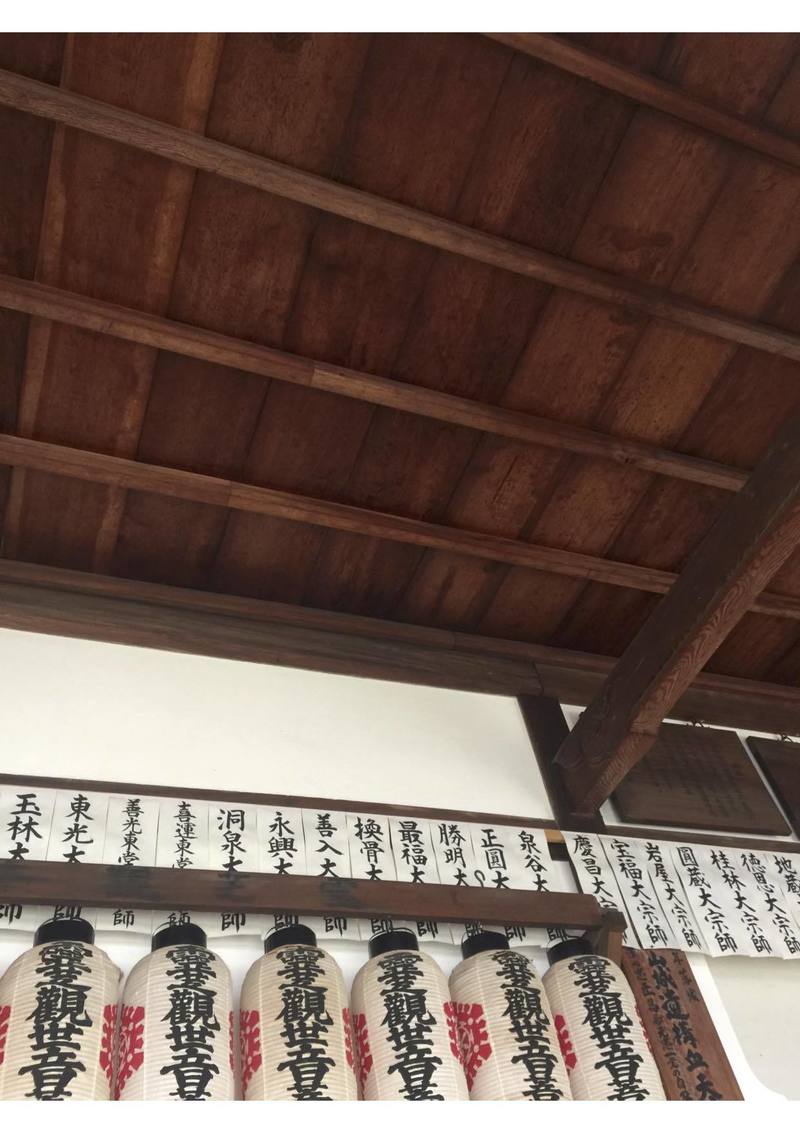
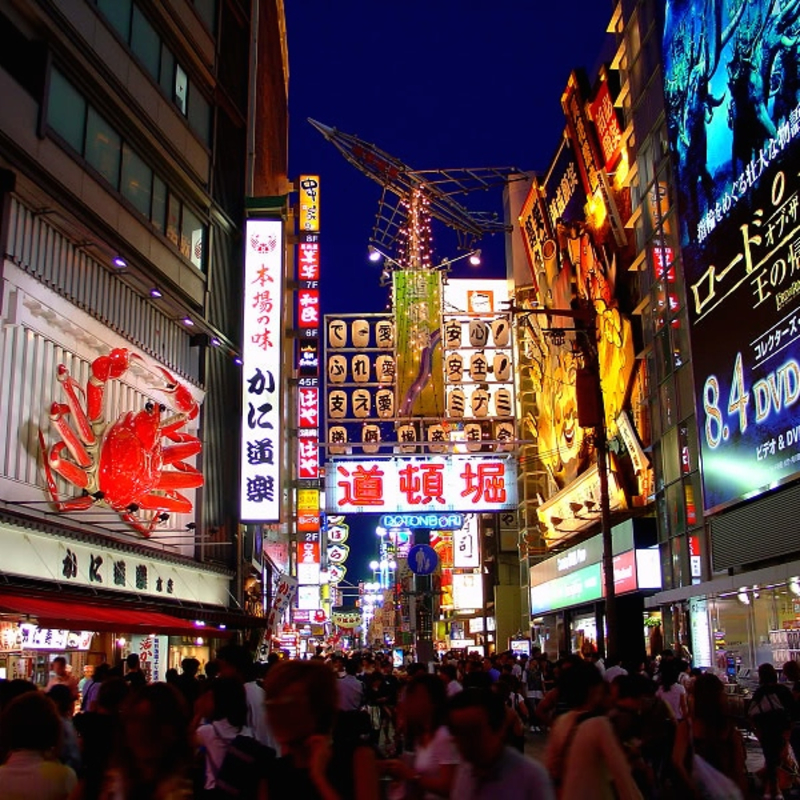
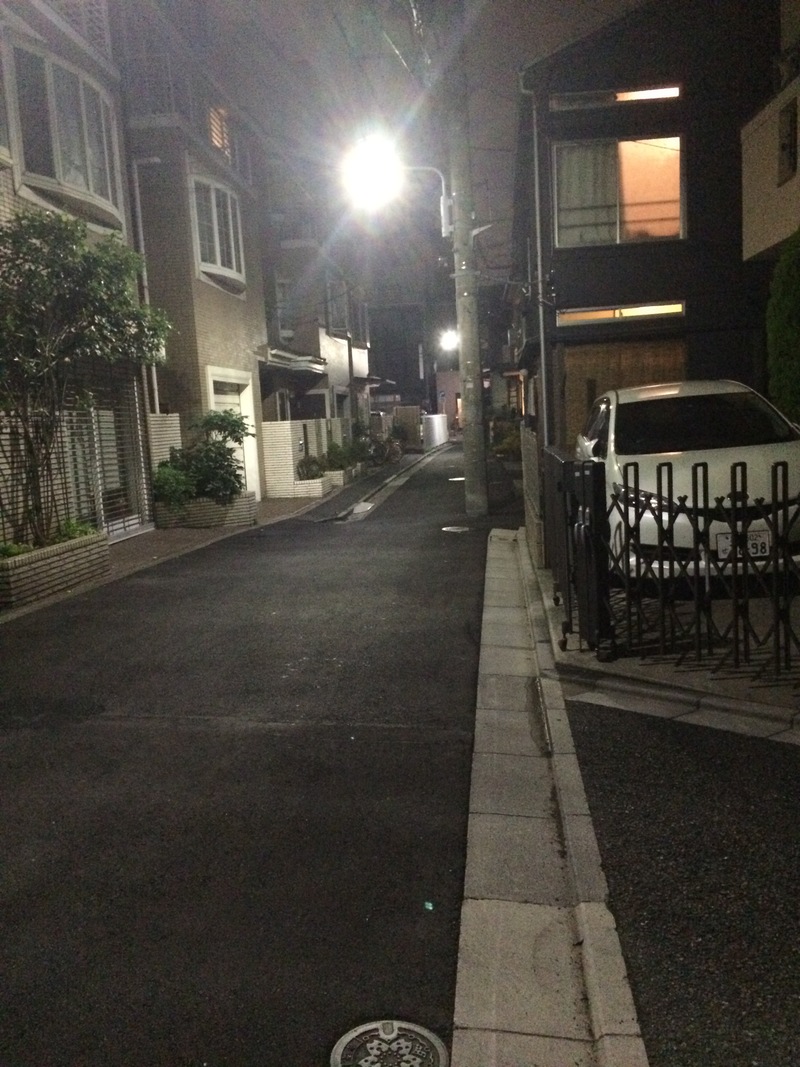
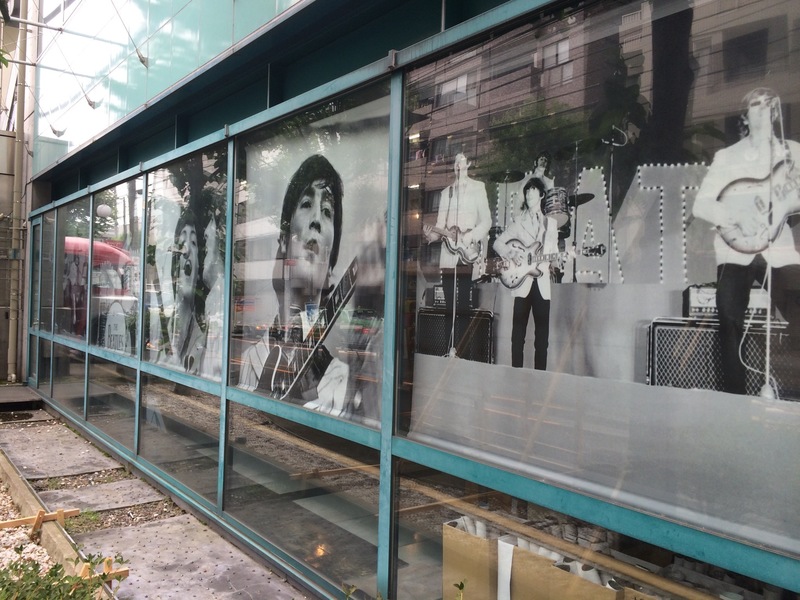
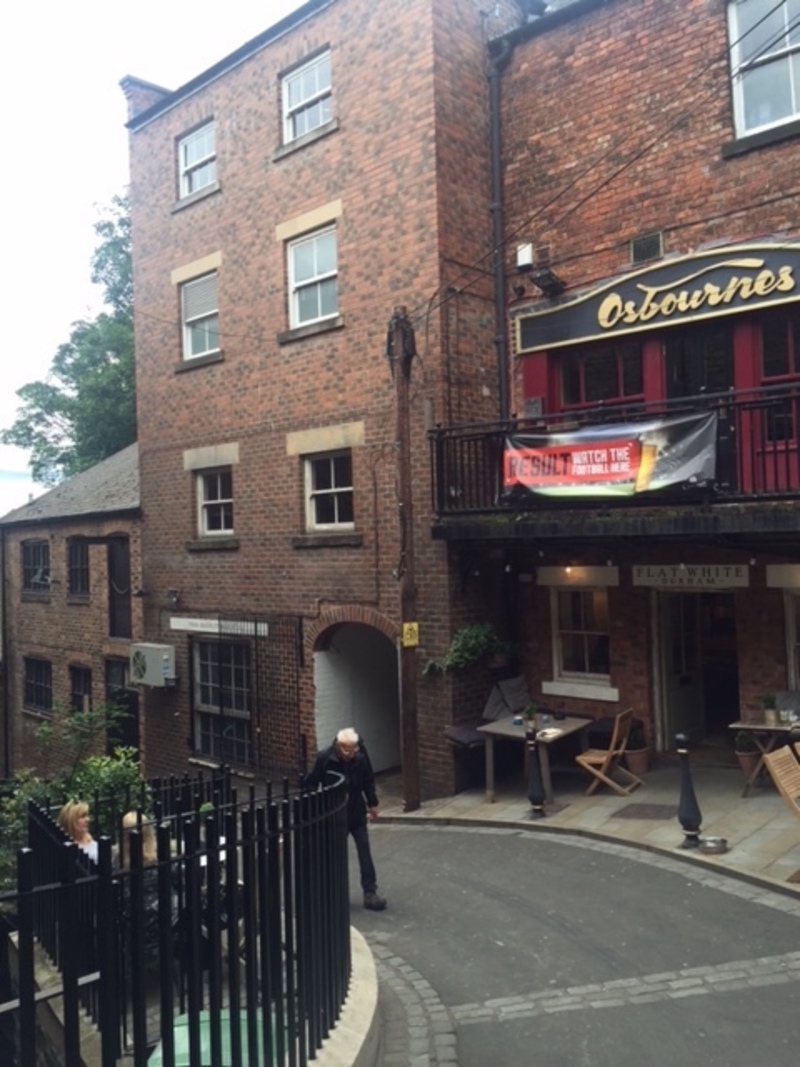
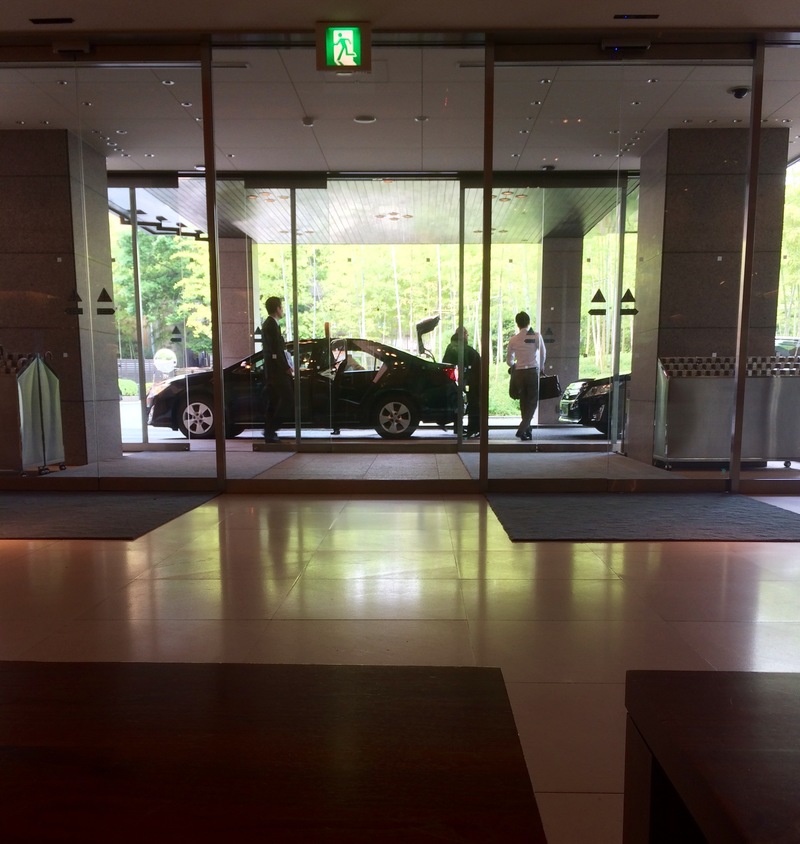
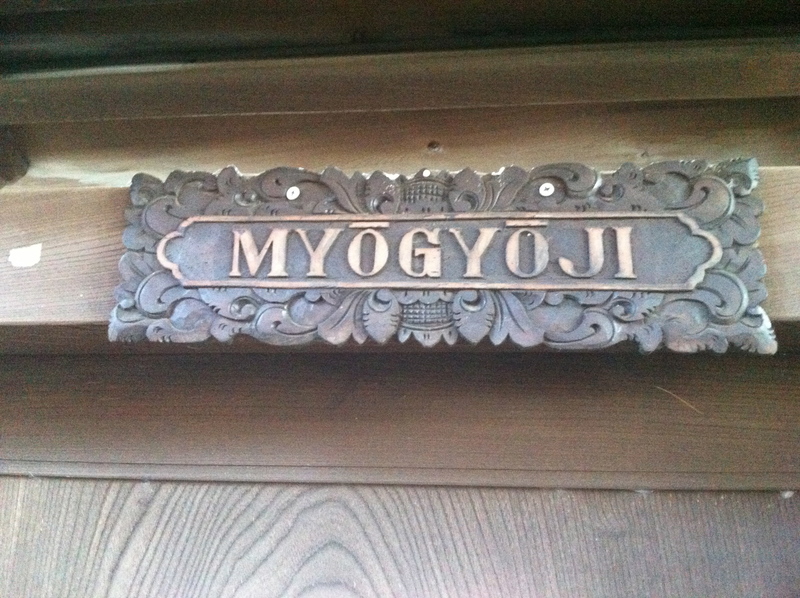
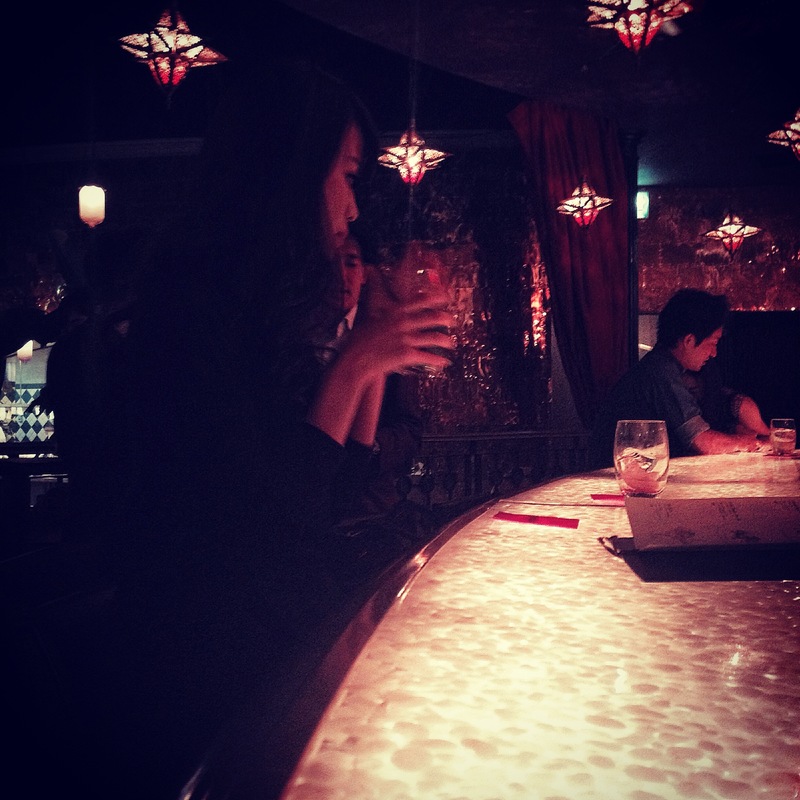
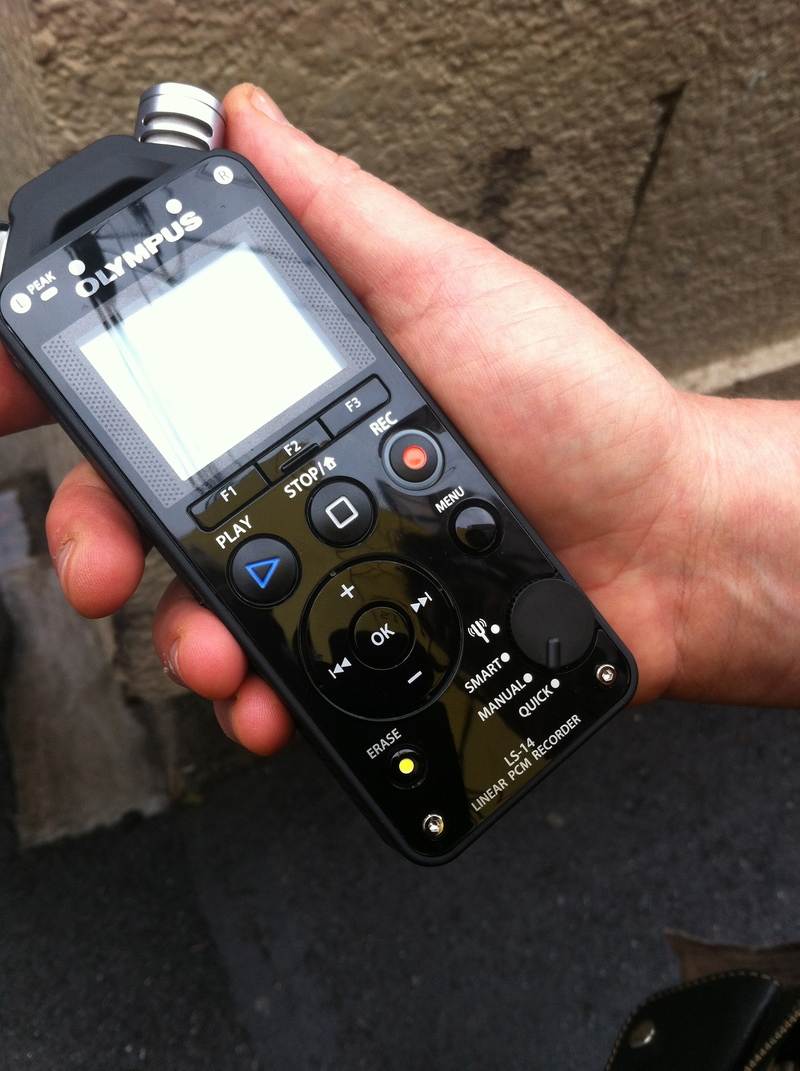
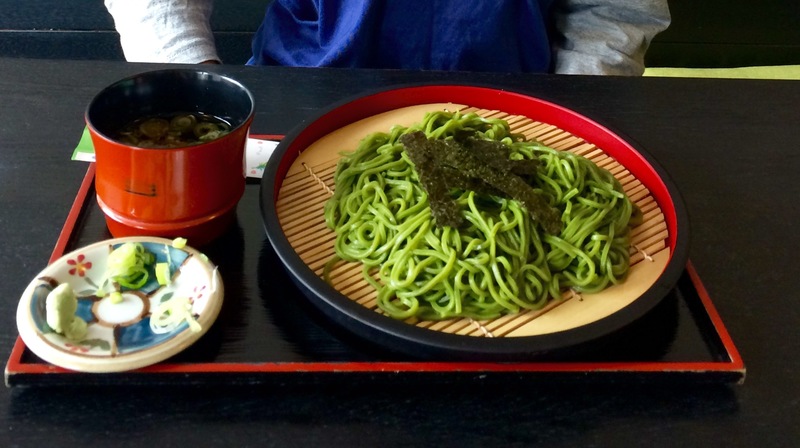

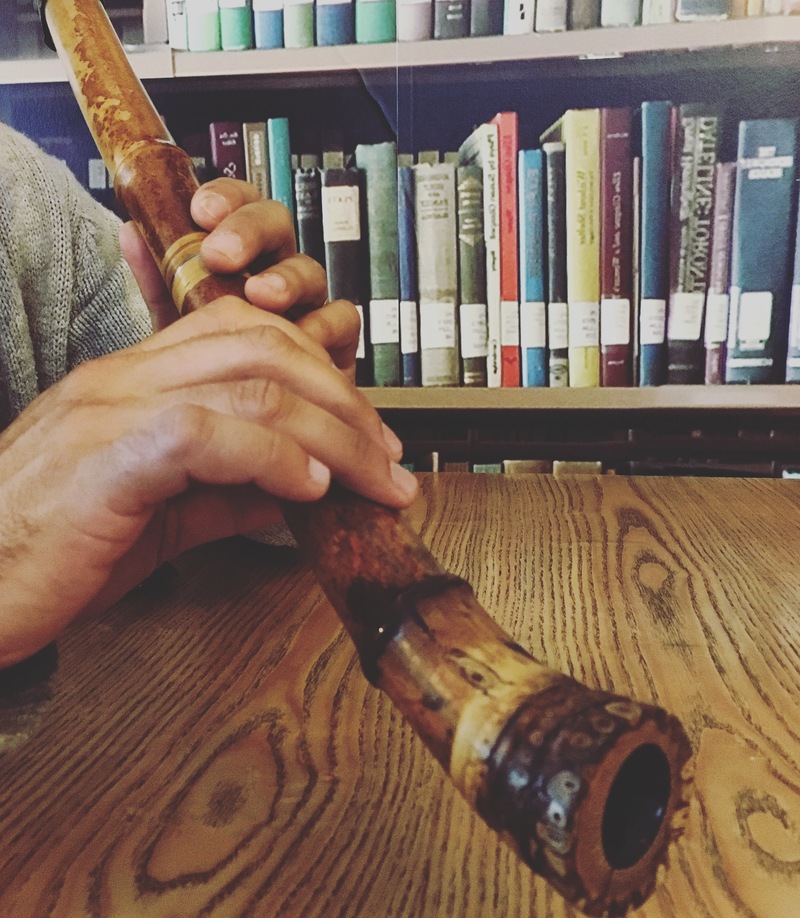
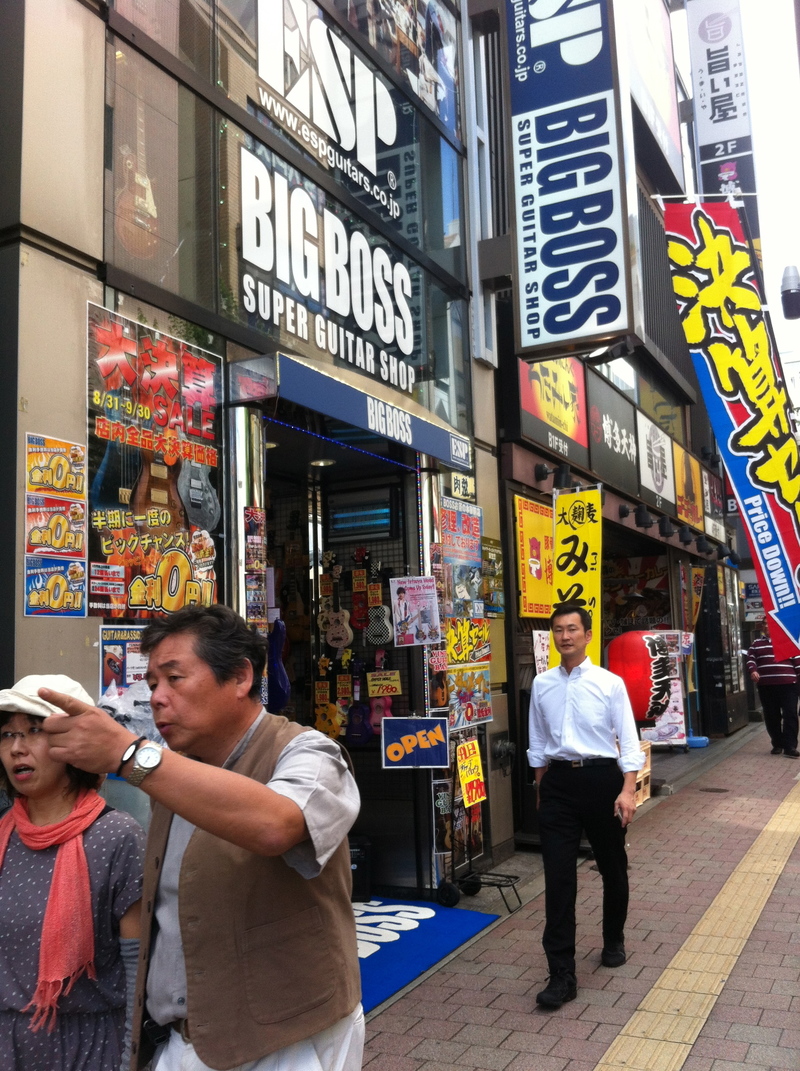
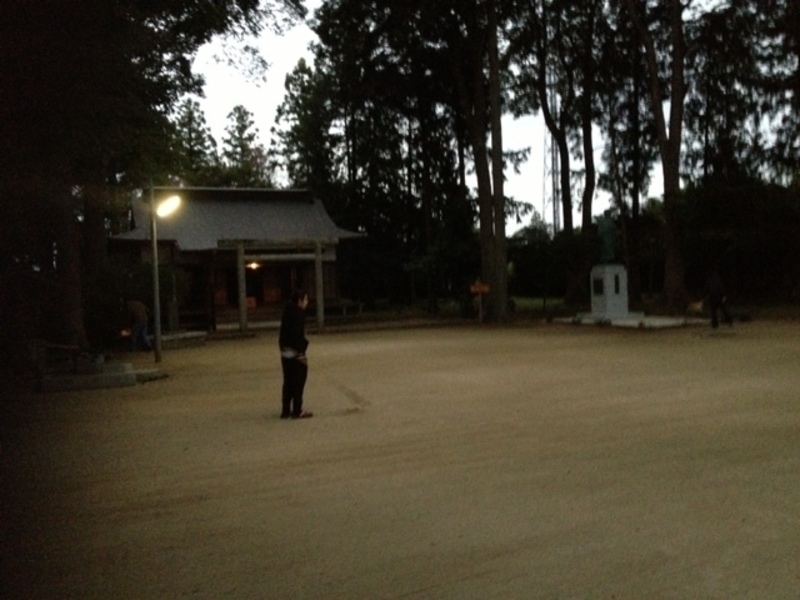
-m.jpg)

